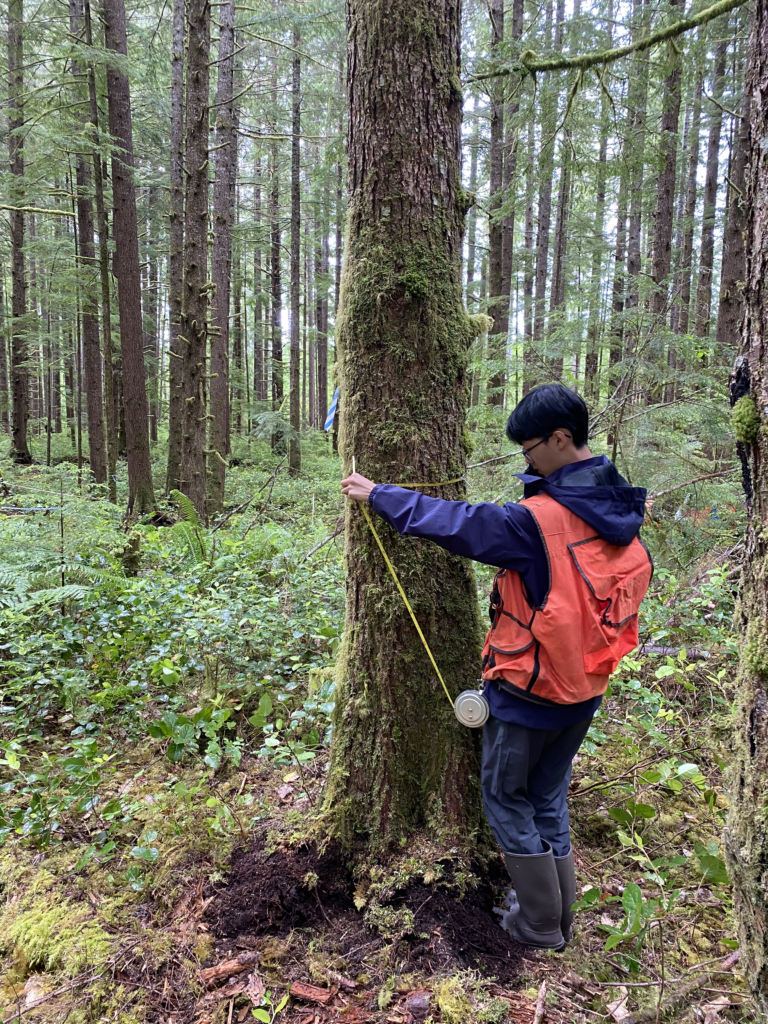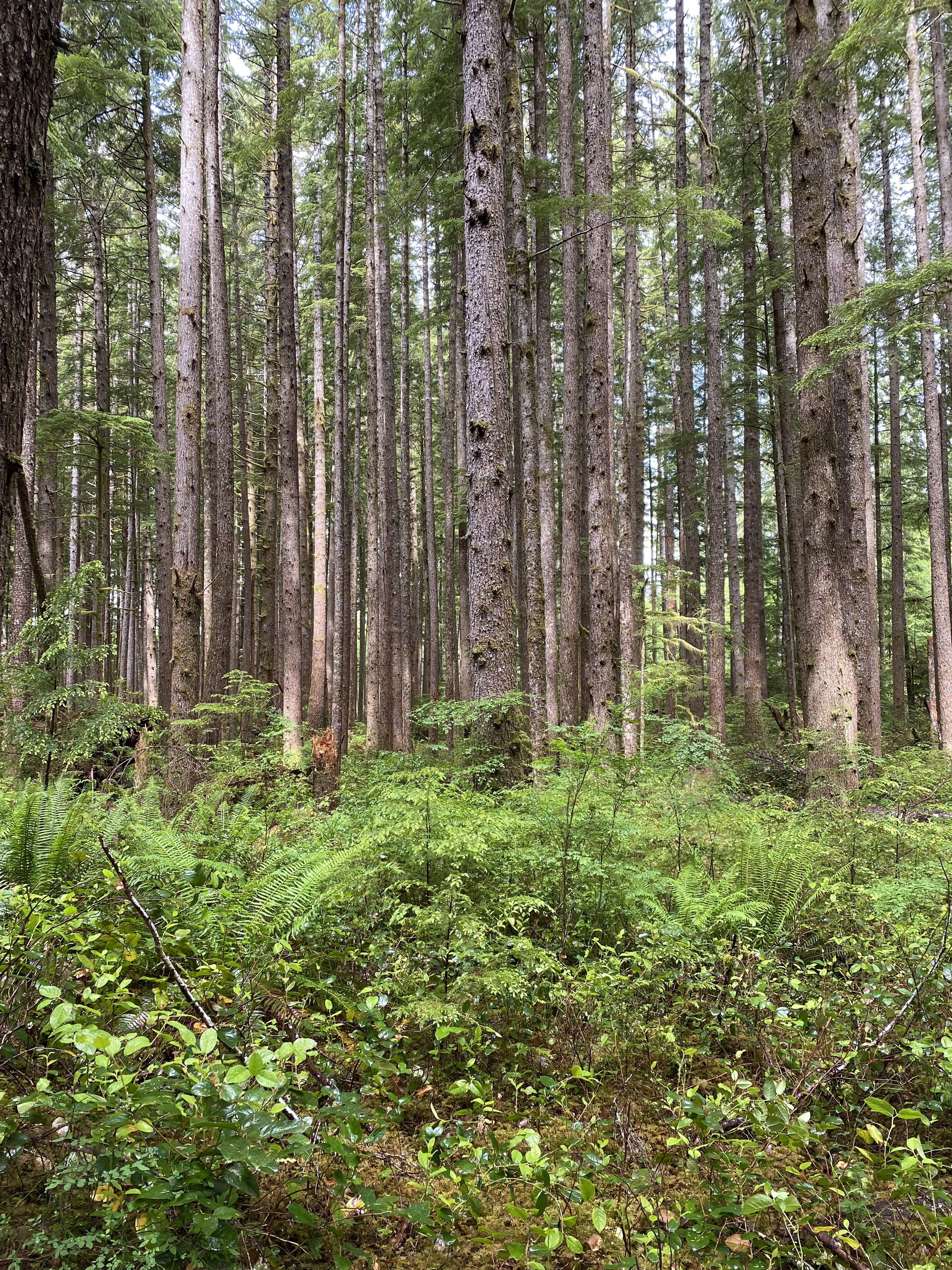Long-Term Ecosystem Productivity Study
The Long-term Ecosystem Productivity (LTEP) study was created in the early 1990s with replicates across the Pacific Northwest including a site in the Siskiyou National Forest in southern coastal Oregon, the Willamette National Forest in central Oregon, the Siuslaw National Forest in northern coastal Oregon, and within WA DNR’s Olympic Experimental State Forest in Sappho, WA, just 10 miles north of ONRC. This study was established to test and compare various approaches to forest management, including ways to increase early-seral characteristics as well as speeding the development of late-seral habitat. All sites are similar in study design and approach but differ slightly in planted species based on habitat and location.
The Olympic Peninsula LTEP site, implemented in 1995 with a randomized-block design, includes two sets of treatments. Set one included 1.) standard Douglas-fir treatment that received a variable retention harvest followed by replanting with pure Douglas-fir; and 2.) an early-seral treatment that received a variable retention harvest followed by replanting with an even mix of Douglas-fir and red alder, a nitrogen fixing deciduous tree that can improve soil health, understory heterogeneity, biomass, and add early-seral elements. Set two included 1.) a late-seral treatment where stands were heavily thinned to study ways this could speed the creation of old-growth characteristics; and 2.) a no-action control as a comparison. Both thinned and control units were approximately 60-year-old stands at time of treatment implementation. Pretreatment stands naturally regenerated after Army Spruce-Corp harvests in the late 1930s and were a mix of Western hemlock and Douglas-fir with some Western red cedar and Sitka spruce.
There has been extensive ground-based monitoring at the LTEP sites over the last thirty years. This includes repeated measurements in fixed permanent plots on tree growth and mortality, understory development, coarse woody debris, seedling growth, litter retention, and soil health. In addition, drone-LiDAR and multispectral imagery data have been collected at the Olympic Peninsula and Willamette National Forest sites over the last several years. This creates wall-to-wall coverage of site conditions beyond the ground plots and allows for additional research questions to be addressed at multiple spatial scales.
We welcome collaborators to this research site through field tours, data sharing, and data collection. For more information or to get involved, please contact ONRC Director Bernard Bormann at bormann@uw.edu or ONRC Research Scientist Courtney Bobsin at cbobsin@uw.edu.

